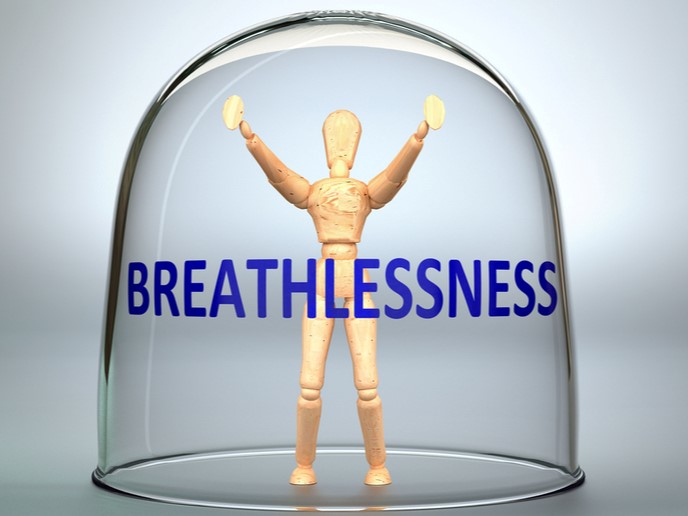How a mysterious second sight reveals the brain’s inner workings
Damage to the visual cortex of the brain, through stroke, cancer or injury, can leave a patient with functional vision, yet experiencing blindness in one or both sides of the visual field. Known as blindsight, patients are not conscious of their ability, but can make use of visual information, successfully navigating around obstacles, or guessing the image shown on a flashcard with a high degree of accuracy. Blindsight therefore offers a model to better understand how the brain achieves visual awareness. “We do not perceive as a camera that simply reproduces an image,” explains Marco Tamietto, professor of Neuroscience at the University of Turin in Italy, and Tilburg University in the Netherlands. “Our brain continuously builds up the external world, reconstructing and interpreting noisy signals, and filling in missing parts based on priors and expectations. And it does so non-consciously.” With support from the European Research Council, Tamietto coordinated the LIGHTUP project to further our understanding of blindsight, and investigate possible treatments for neurological blindness.
Improving blindsight
Chief among Tamietto’s goals was to clarify the brain circuits which work together to generate a visual representation of the external world, as well as how the brain adapts with ‘shortcuts’ when these circuits are damaged. “There is a general blueprint of organisation in the brain that must be conserved; plasticity is not the entire story,” he says. “Maps, shortcuts, and a general blueprint that balances plasticity and stability are key for a working brain to represent the environment.” Combining multiple levels of analysis including fMRI and tractography to map brain activity in humans and primates, Tamietto’s team characterised which shortcuts were relevant for given tasks. This gave a summary blueprint of how the brain reorganises itself after damage. The circuits could then be activated using transcranial magnetic stimulation. “We simultaneously stimulated two nodes of a brain network, a protocol known as cortico-cortical Paired Associative Stimulation (ccPAS),” adds Tamietto. By adjusting the timing and directionality of the stimulation, the team were able to improve visual perception, though Tamietto notes that the effects of this network stimulation can be highly specific. “Stimulating one network can improve perception of emotion from faces, but not identity.” The team also discovered that an imbalance in the relative unbalance between excitatory and inhibitory neurotransmitters in a brain area known as MT was associated with worse blindsight abilities, pointing in the direction of possible treatments.
Virtual brains
As part of the LIGHTUP project, Tamietto and his team used convolutional neural networks to explore how visual functions and neural representations may emerge in the real brain. “We are developing in silico models of evolutionary ancient parts of the brain that receive input directly from the eye,” he notes. “These structures, like the superior colliculus, are likely candidates to mediate some blindsight functions.” These models will also allow researchers to investigate how visual information is processed in isolated parts of the brain, as well as in conjunction with other parts. With support from a proof of concept grant for the PRISM project, the team will further develop these models, improving the training of students and increasing the welfare of animals used in monkey research.
Keywords
LIGHTUP, blindsight, visual awareness, blindness, fMRI, magnetic stimulation, neural network, model, brain, perception, stroke







